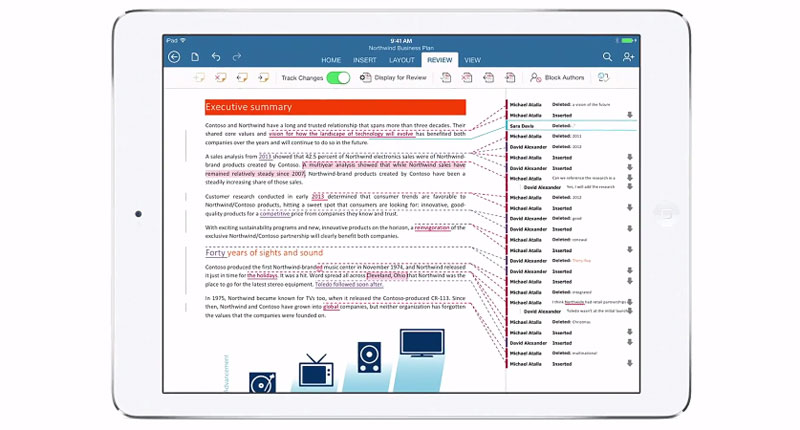Side hustles are no longer optional in South Africa. With food inflation still above 8 percent and electricity, transport and mobile data costs climbing…
Microsoft Office apps debut on iPad, become most popular on iTunes


Microsoft’s Office 365 suite has finally made its way to the iPad. After years of rumours, the iPad suite currently consists of Word, Excel, PowerPoint and the less popular OneNote. Interestingly, Office apps became the most downloaded in the first few hours after their on iTunes.
The three apps, with the exception of the tad older OneNote app, were ranked most popular in less than twelve hours after they were launched competing with the likes of Apple’s iWork. While Microsoft is relying on the sweet temptation of its freemium subscription service to make this move worth its while, it’s still going to have to pay Apple 30% of all new in-app purchases, the big red fruit confirmed to re/code recently.
Similar to the Office apps for iPhone, you’ll have to subscribe to the Office 365 Home subscription service to make use of most the editing features and tools. If you don’t have US$100 lying around for a year’s subscription service, you can make use of the 30-day free Office trail.
Your applications will sync across all your devices where documents are stored on OneDrive and SharePoint. Other features include the notable clean minimalist design with the popular ribbon-style interface that most Office users are familiar with.
“It’s about giving Office users the same experience on any device they want to use. Our commitment going forward is to make sure we drive Office 365 everywhere. That means the web, tablets, all phones and PCs,” says Microsoft CEO Satya Nadella.
Apple CEO Tim Cook soon after the launch welcomed Microsoft Office 365 to iTunes in a tweet to which Nadella replied:
Welcome to the #iPad and @AppStore! @satyanadella and Office for iPad
— Tim Cook (@tim_cook) March 27, 2014
Thanks @tim_cook, excited to bring the magic of @Office to iPad customers #cloud4mobile
— Satya Nadella (@satyanadella) March 27, 2014
Here’s some snapshots of what the apps look like:




